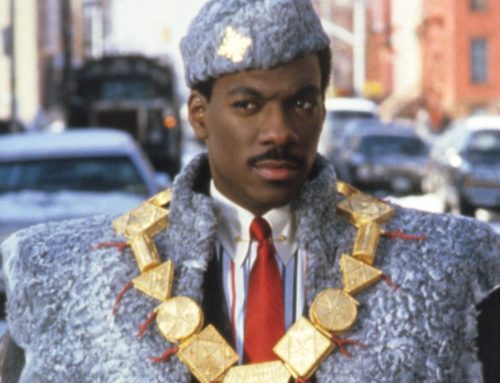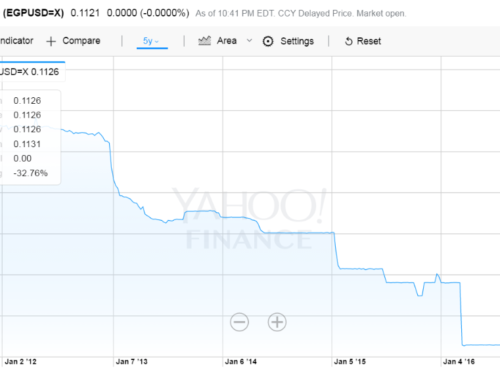Long overdue but worth a post as the topic regularly keeps coming back. First posted at Foreign Policy Transitions.
Since the presidential elections in Egypt a few weeks ago, the new first lady’s choice of headdress has been a constant topic of debate. Naglaa Ali Mahmoud, the wife of president-elect Mohamed Morsi, wears a long, conservative hijab that covers her head and torso. This has opened the door to endless commentary. Some have taken this as inspiration to discuss what her official function should be. Others relentlessly mock her dress (seen as conservative and low-class). Still others indulge in purely islamophobic ruminations about whether a hijabi woman is fit to represent Egypt at international affairs.
That most Egyptian women wear hijab doesn’t seem to factor into those comments. The mockery flared again last week, as charming photos of Mexico’s new young presidential couple, Enrique Peña Nieto and his wife, telenovela star Angélica Rivera, were juxtaposed with those of Egypt’s new first family — and not in favor of the latter.
The most egregious comparison I have seen was sent to me in an email. It included an image titled “From This, to That. No Comment,” and which juxtaposed a rather lousy photograph of Naglaa Ali with one of the late Queen Farida, first wife of Egypt’s last ruling monarch, King Farouk.
This week, Egyptians are marking the 60th anniversary of the military coup on July 23, 1952, that deposed King Farouk. Nostalgia for Royalist Egypt appears to be at a peak. But this longing for an Egypt governed by a foreign dynasty that acted as puppet rulers for the British colonial occupiers is puzzling — especially coming from people who never lived under the Egyptian kingdom.
In the royal era, social polarization reached unprecedented levels: History books refer to the “half-percenters,” the 0.5 percent of the population who were said to control 99.5 percent of the wealth. Farouk was a glutton whose appetite was surpassed only by his appetite for women. So this isn’t just nostalgia — it’s an uninformed rejection of the present.
This rejection, targeting not the political ideas of the new president (with which I personally vehemently disagree) but his wife’s choice of headgear, fails to conceal both islamophobic and classicist discourses. That Naglaa Ali wears the veil may not be as much a problem as is the “style” in she wears it — a style that, let’s say, would not be seen in the upper-middle classes in Egypt.
To her credit, Ms. Ali appears well aware of the challenges regarding her public role. If she creates a large public presence, she will be readily compared to Suzanne Mubarak; if she doesn’t, that will be blamed on her and her husband’s religious beliefs.
A few weeks into her new function, however, she has made herself conspicuous by her absence from President Morsi’s local and international public appearances. Morsi traveled to Saudi Arabia for an umra (a minor pilgrimage) and a meeting with King Abdullah, but she was not in the photographs.
This may not mean much. After all, Mubarak did most of his foreign travel without his wife. She had her own schedule, both domestically and internationally. In effect, then, if the main concern of Ms. Ali’s detractors is Egypt’s image abroad, her behavior so far should allayed their anxieties. Ms. Ali’s own preferences will keep her away from the public eye.
But the fact remains that Ms. Ali’s persona represents Egyptian women more than did her half-Welsh predecessor, Suzanne Mubarak, or the latter’s half-English predecessor, Jehan El-Sadat, and assuredly more than the tiara-wearing former Queen. If you want to judge her, judge her based on her performance in this new assignment — not on her sartorial choices. Pseudo-liberals should know better.




